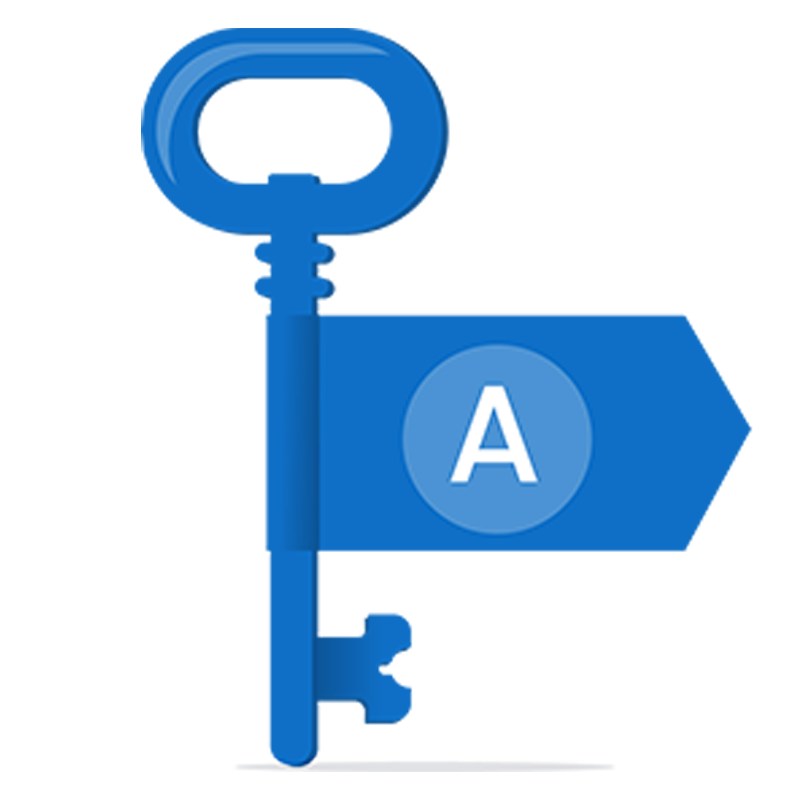
Competence-based education (CBE) focuses on what students can do and be as opposed to what they know.
This shift away from a knowledge-focused curriculum builds upon contemporary movements within the Higher Education sector, such as, Graduate Attributes frameworks, Education 4.0, the Bologna Process, and the impact of the 4th Industrial Revolution. CBE ensures that none of the outcomes of a degree are implicit, implied, or assumed – the ‘hidden curriculum’ is, effectively, removed.
Curriculum Development
Programme Competencies
Module Competencies
CBE encourages educators to make curriculum design decisions at a programme-level. Programme-level thinking can help students use their degrees as a cohesive whole, where they can apply what is learned in one context to the rest of their course (and their future).
CBE is fundamentally about giving purpose to knowledge by including meaningful opportunities for students to apply what they have learned during their course. Learning opportunities should help students appreciate the value of their education to their individual academic, professional, and personal futures, and how the academic discipline they are studying contributes to addressing real-world challenges.
CBE endorses a holistic perspective on the outcomes of Higher Education. Competence frameworks outline explicit consideration of Knowledge, Skills, and Attributes as educational outcomes. Achieving this requires teaching and assessment opportunities and experiences that both help students recognise the development of transferable skills and graduate attributes, not just knowledge and understanding of the discipline, and recognise/reward achievement.
Exploring the domains of competence
Within existing literature, competence is typically constructed from three elements that revolve around knowledge, skills, and attributes.
Definitions
Knowledge domain
Skills domain
Awareness domain
‘Knowledge’ represents both disciplinary-specific concepts, theories, and methods, as well as best-practice for transferable skills (e.g. how to work effectively in a group).
‘Skills’ concerns opportunities to apply knowledge and practice ‘doing’ within authentic environments (e.g. critical thinking and problem-solving as activities).
‘Attributes’ encompass how someone feels and behaves, often focusing on psychological constructs such as a ‘growth mindset’ or ethical constructs such as ‘sustainable practice’.
All CBE frameworks agree that student competence is comprised of these three constructs, and that they must all be actively developed and evidenced by students as they complete their degree.
As part of this project, we have developed a workshop structure designed to introduce CBE to new audiences. This may be a useful framework for developing conversations within your own setting.
Competence-based workshop

Developing conversations within your own setting.
Session Introduction
Use this time to set the broad aims of the session. We suggest
Explore competence-based education
Draft competencies & define next steps

Focus on skills that they should have rather than looking to develop.
Defining competence in your setting
Ask participants to write one or two word statements defining what a competent person in your setting would be. Focus on skills that they should have rather than looking to develop. Add these to individual post it notes and gather on flip chart.
Write one or two word statements
Gather statements on flip chart

Spend time discussing competency mapping
Mapping Competencies
Have three pieces of flipchart labelled using the domains of competence:
Have participants add their initial post its on to the domain that best fits.
Spend some time as a group discussing how the mapping process went and if possible allow for people to suggest amendments – were there any conflicts? was there much crossover?
Map to domains of competence
Discuss amendments, conflicts and crossovers

Which skills are you most looking to develop?
Prioritising competencies
Work on each domain at a time and try to prioritise the competencies. Which skills are you most looking to develop? Which will be the most useful in your context?
Prioritise competencies
Which skills are you most looking to develop?

Focusing on the ability, rather than the development process.
Draft a competence
Now take one of the post its which you have prioritised and try to develop that into a competence. Focusing on the ability someone will have developed, rather than the development process.
Focusing on the ability
Not the development process

Reflect on the workshop.
Next Steps
Reflect on the workshop. Has it supported understanding of CBE? Do people feel comfortable in the language of competence?
Establish next steps which may include the development of draft competencies and a follow up session to reflect.
Comfortable in the language of competence
Development of draft competencies
Detailed examinations within a real-world context. Discover what education providers have achieved through a competency-based approach.